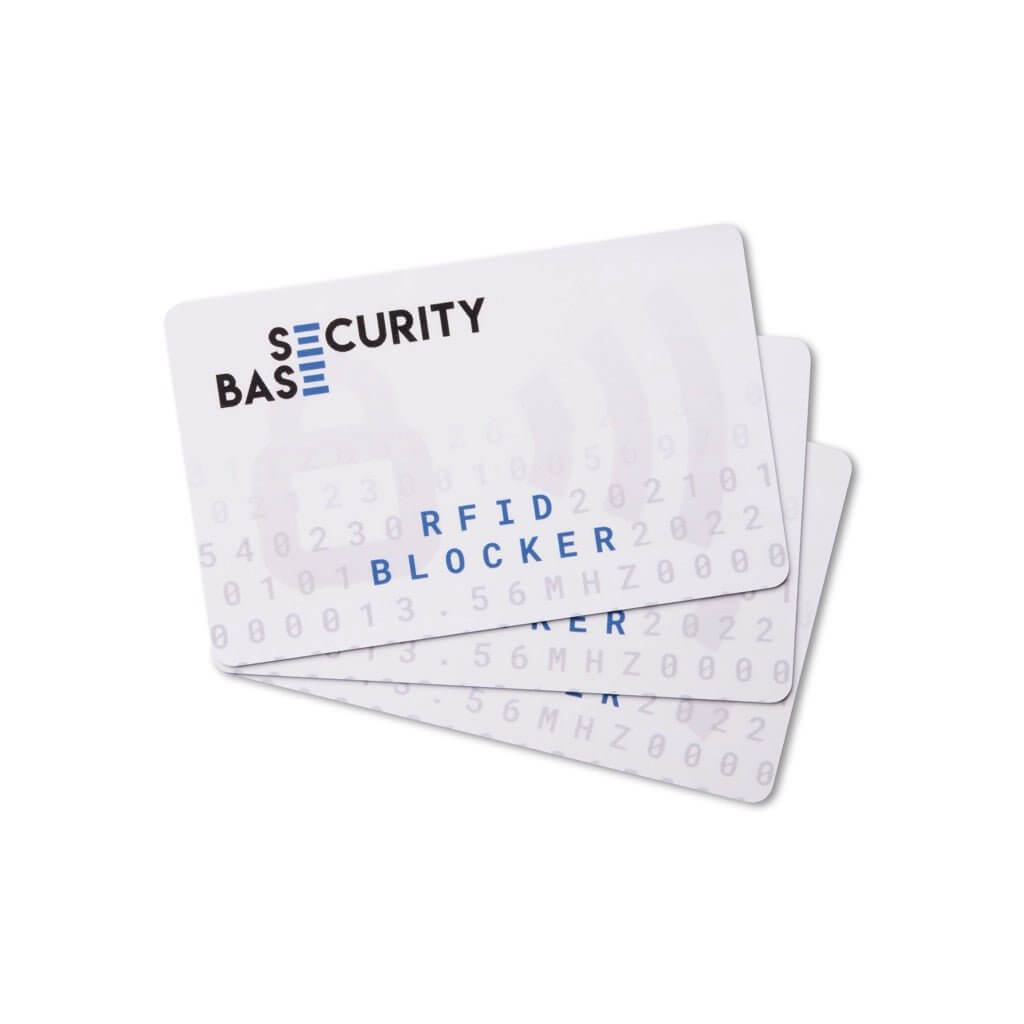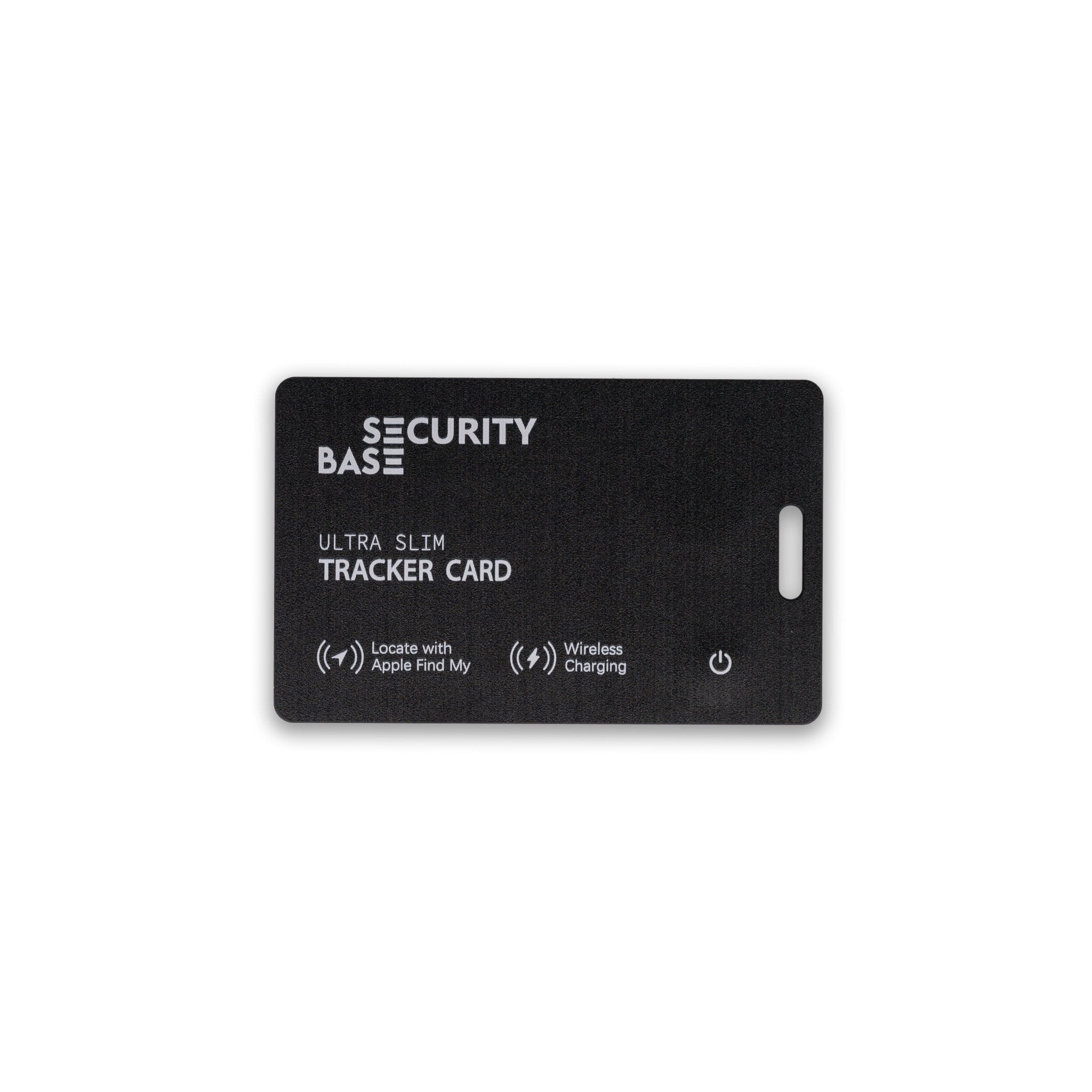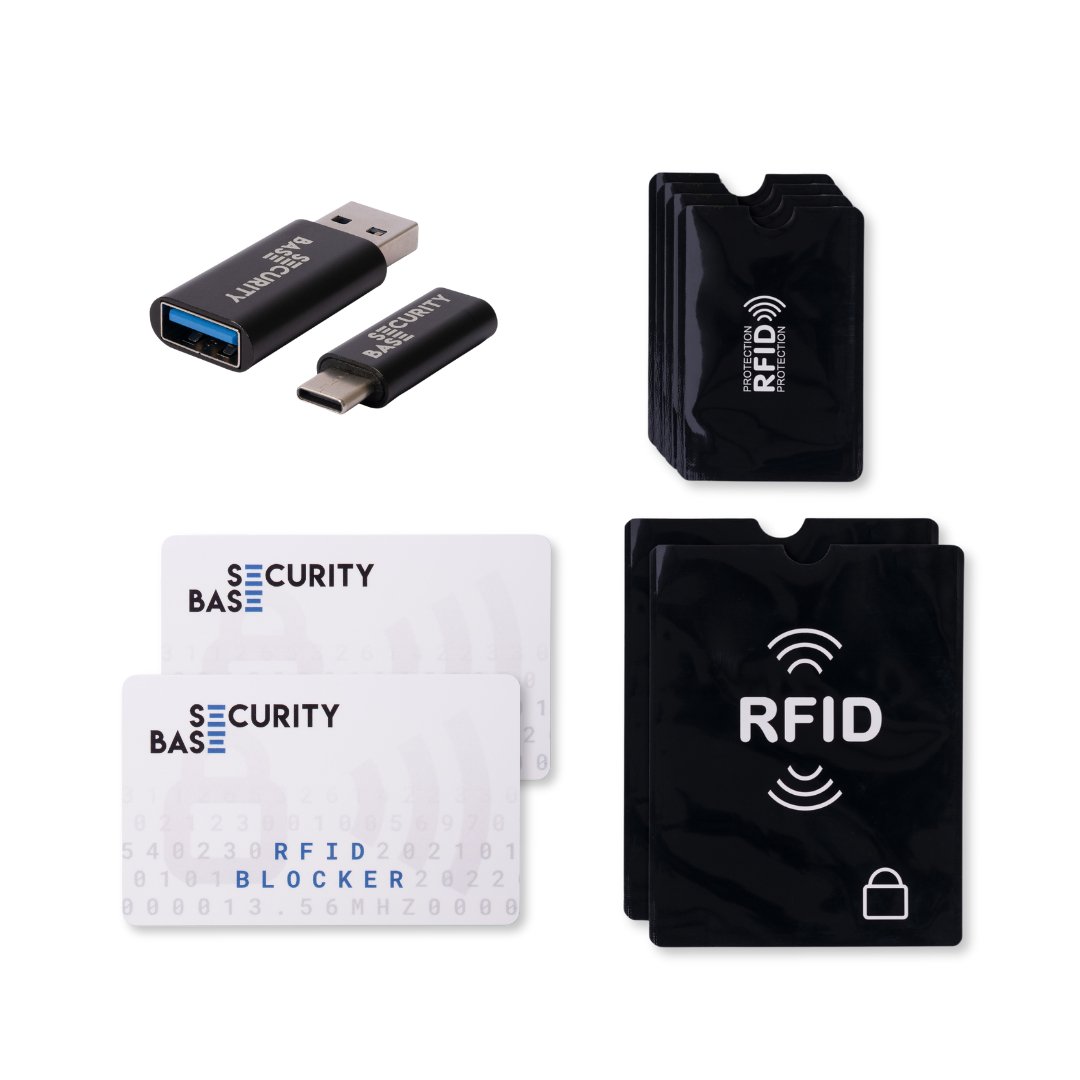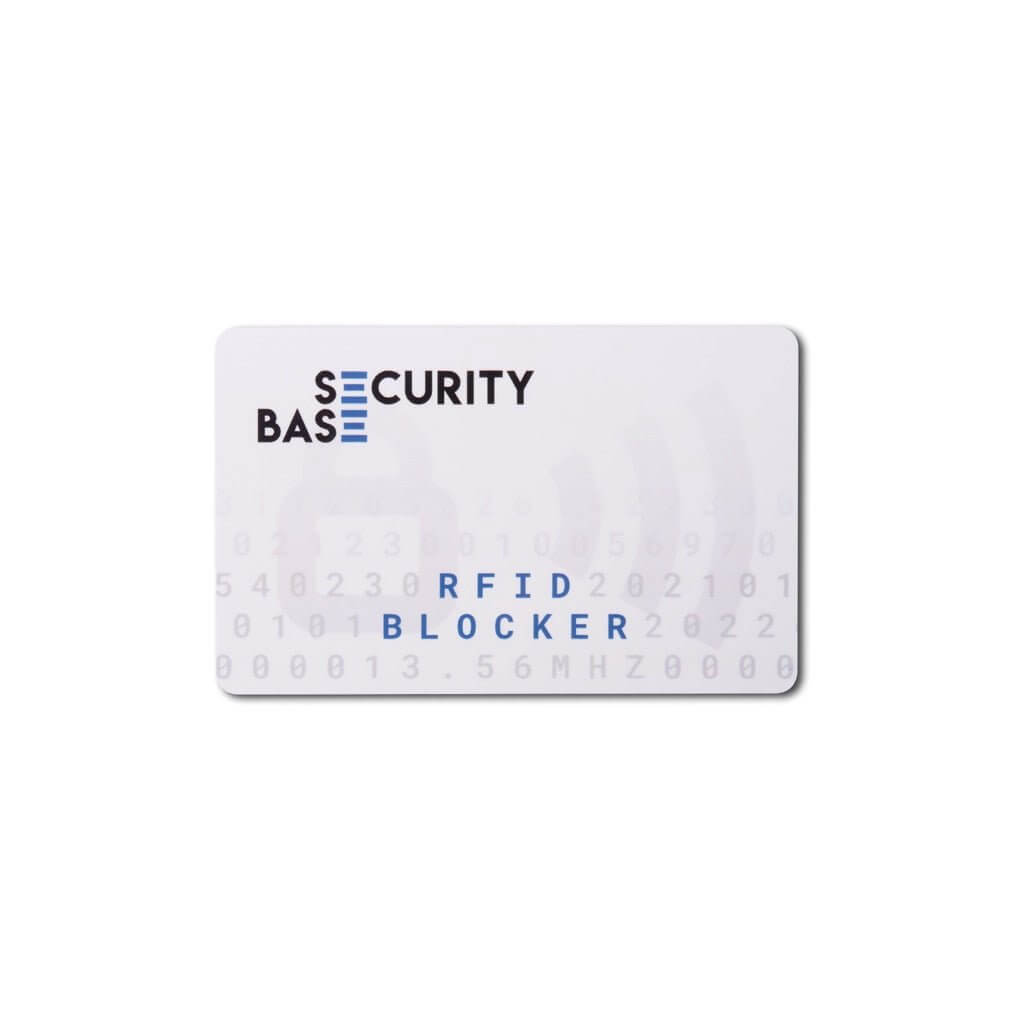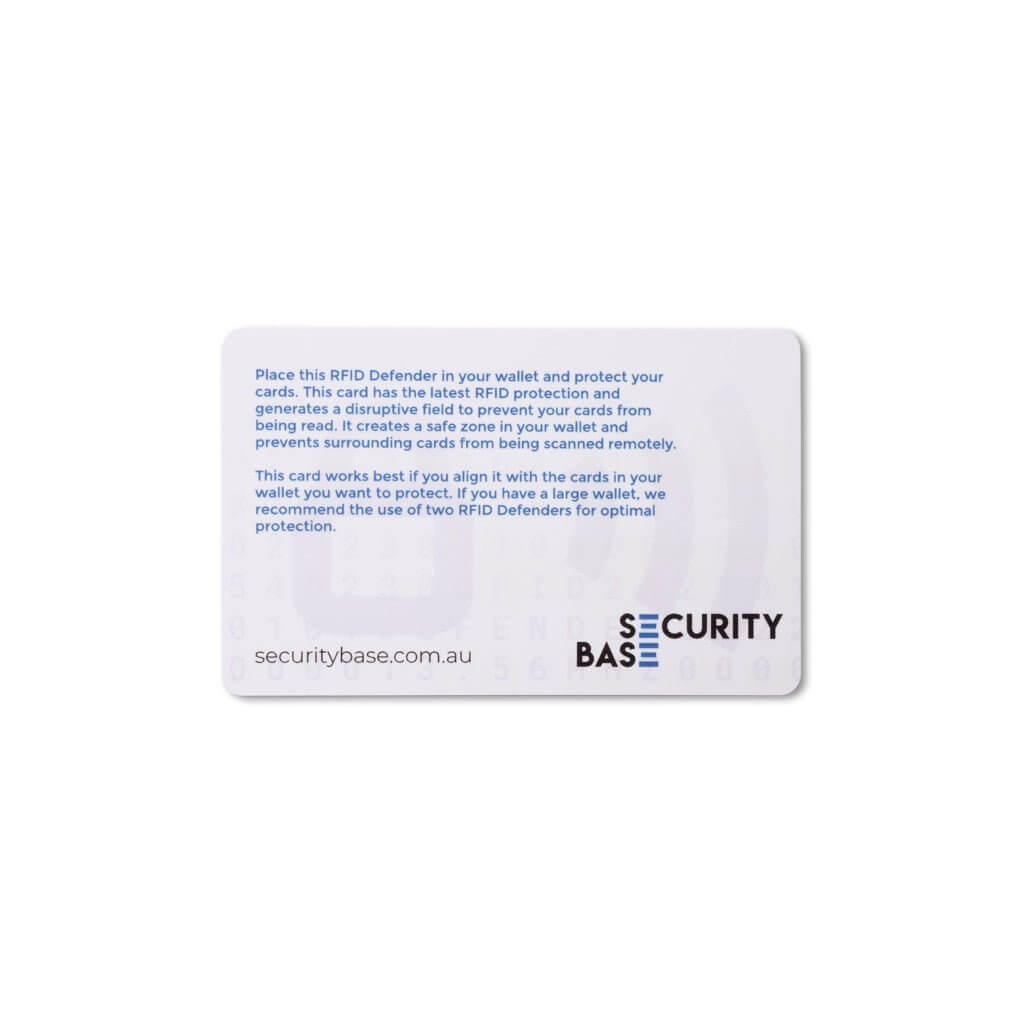Empower, Don't Overwhelm: Building Cyber Security Awareness
Cybersecurity isn't just a technology concern; it's become a crucial part of everyone's daily life. From the CEO to the intern, everyone plays a role in safeguarding our digital world. But how do you foster a robust security culture without turning your workforce into a paranoid bunch? The answer lies in empowerment, not fear-mongering. It's about equipping individuals with the knowledge and tools they need to make informed decisions and become active participants in cybersecurity.
The Problem with Fear-Mongering
We've all seen it - the typical "cyber security awareness" approach that often feels like a constant barrage of warnings. "Phishing scams are everywhere! Your data is at risk!" While well-intentioned, this fear-based approach can backfire. It leads to fatigue, desensitisation, and a sense of helplessness among employees. They might become numb to the warnings, dismissing them as exaggerated or irrelevant to their daily tasks. This negativity doesn't build a strong security culture; it creates a sense of dread and passive acceptance.
Building a Positive Security Culture: A Collaborative Approach
Instead of fostering fear, focus on building confidence and creating a positive, collaborative security culture. This means engaging employees in a meaningful way, providing them with the tools and knowledge to actively protect themselves and the organization. It's about empowering them to become responsible digital citizens, capable of making sound judgments in the face of cyber threats.
Shifting Gears: From Fear to Empowerment
Here's how you can empower your team instead of overwhelming them with fear:
1. Make It Relevant and Engaging:
Security training needs to be more than just a boring lecture. It should be engaging, relevant, and tailored to the specific needs of your employees. Remember, different roles within your organisation face different cybersecurity risks. The marketing team needs to be aware of social engineering and brand impersonation, while the finance team needs to be educated on financial fraud and data breaches. You can personalize training programs to address these specific concerns, making the content more relevant and impactful for each employee.
- Tailor Training to Specific Roles: Tailoring training programs to the specific roles within your organisation can make a significant difference in how employees perceive and engage with the information. If you have a marketing team, their training should focus on the specific risks they face, such as social engineering and brand impersonation. On the other hand, the finance team might require training focused on financial fraud and data breaches. By understanding the unique challenges faced by each team, you can create more targeted and impactful training that resonates with them.
- Interactive Learning: Ditch the boring lectures and embrace interactive methods. Use real-life scenarios, case studies, simulations, and quizzes to engage employees. Gamification can make learning fun and memorable, helping them retain information better. Imagine interactive quizzes that test their ability to spot phishing emails or simulations that allow them to practice safe browsing habits. This kind of hands-on learning creates a more engaging and memorable experience for employees, making them more likely to retain the information and apply it in their daily work.
- Use Storytelling: Stories resonate with people. Share real-life examples of data breaches, phishing attacks, or other cybersecurity incidents. Humanise the threat by showing the real-world consequences of poor security practices. These stories can be a powerful tool to drive home the importance of security and encourage employees to take it seriously. Imagine sharing a story about a company that lost millions of dollars due to a phishing attack or a personal story about someone who had their identity stolen. These stories can create a sense of urgency and help employees understand the real-world impact of cybersecurity threats.
2. Focus on Simple, Practical Steps:
Instead of overwhelming employees with technical jargon and complex security procedures, focus on simple, practical steps that they can easily implement in their daily routines. These small changes can make a big difference in protecting the organisation from cyber threats.
- Prioritise Password Hygiene: Strong passwords are the first line of defense. Encourage employees to create unique, complex passwords for each account and use a password manager to help them keep track. Run regular password audits to identify weak or compromised passwords and offer tips for strengthening them. Strong passwords are the foundation of good cybersecurity, and it's important to emphasise their importance. By using a password manager, employees can create strong, unique passwords for each of their accounts without having to remember them all. Regular password audits can help identify weak or compromised passwords and provide an opportunity to educate employees on password security best practices.
- Promote Secure Browsing Habits: Educate employees on how to identify and avoid malicious websites, the dangers of clicking on suspicious links, and the importance of using secure connections (HTTPS). Encourage them to report any suspicious activity to the IT department. Secure browsing habits are crucial to preventing malware infections and phishing attacks. By teaching employees how to identify malicious websites and suspicious links, you can help them avoid falling victim to these threats. Emphasising the importance of using secure connections (HTTPS) helps protect their sensitive information from being intercepted by hackers.
- Highlight the Importance of Reporting: Encourage a "see something, say something" culture. Emphasise that reporting any suspicious activity, no matter how small, is crucial. Make reporting easy and accessible, through dedicated email addresses, phone numbers, or secure online forms. By creating a culture of reporting, you can encourage employees to speak up and report any suspicious activity they encounter. This proactive approach can help identify and address potential threats before they can cause significant damage.
3. Make it a Continuous Process:
Security awareness is an ongoing journey, not a one-time event. Regular training and reinforcement are essential to keep security top-of-mind. Here's how to sustain the effort:
- Regular Training Refresher: Schedule regular refresher courses or short training modules to reinforce security best practices. These can be conducted quarterly, semi-annually, or even monthly, depending on the organization's specific needs and risk profile. Regular refresher courses help ensure that employees stay up-to-date on the latest cybersecurity threats and best practices. These courses can be short and focused, covering a specific topic or reviewing key concepts.
- Interactive Newsletters and Emails: Use engaging newsletters or email blasts to share security tips, news updates, and recent security threats. These communications can include informative articles, infographics, or even short videos to keep employees informed and engaged. By using interactive content like quizzes, polls, or surveys, you can make these communications more engaging and memorable. You can also include real-life examples or case studies to highlight the importance of security practices.
- Company-Wide Campaigns: Create themed campaigns to highlight specific cybersecurity risks or best practices. For example, a "Phishing Awareness Week" could include phishing simulations, educational posters, and social media campaigns to raise awareness about this common threat. Company-wide campaigns can help raise awareness about cybersecurity in a fun and engaging way. These campaigns can be themed around specific events or holidays, making them more memorable and relevant for employees.
4. Measure Your Success and Seek Feedback:
You can't improve what you don't measure. Track the effectiveness of your security awareness program using data and feedback. This will help you identify areas for improvement and ensure that your efforts are having the desired impact.
- Phishing Simulations: Conduct regular phishing simulations to test employee awareness and identify vulnerabilities. Analyse the results to identify areas where training needs to be strengthened. Phishing simulations are a valuable tool for assessing employee awareness and identifying vulnerabilities. By analysing the results of these simulations, you can gain insights into how employees respond to phishing emails and identify areas where training needs to be improved.
- Incident Reporting Analysis: Monitor the number of security incidents reported by employees and analyse the types of incidents. This data can provide valuable insights into employee awareness levels and potential security gaps. By analysing incident reports, you can identify trends and patterns in security incidents. This information can help you prioritise training and education efforts and address specific vulnerabilities within your organisation.
- Employee Feedback: Collect feedback from employees on the security awareness program. Ask them what they find helpful, what they find confusing, and what areas need improvement. This feedback will help you tailor the program to their needs and interests. Employee feedback is essential for ensuring that your security awareness program is relevant and engaging. By gathering feedback, you can identify areas where the program needs to be improved or adjusted to better meet the needs of your employees.
Key Takeaways:
By following these principles, you can create a positive and proactive security culture. Remember, the goal is to empower employees to become responsible stewards of information, not just passive recipients of warnings. When you create a culture of trust and collaboration, you foster a strong cybersecurity foundation that can help your organisation withstand even the most sophisticated attacks.
Best Practices for a Successful Cyber Security Awareness Campaign
A strong cyber security awareness campaign is essential for protecting your organisation from cyber threats. Here are some best practices to ensure your campaign is effective:
- Define your Goals: Before launching your campaign, clearly define your goals. What do you want to achieve? Are you aiming to increase employee awareness of phishing attacks, improve password hygiene, or promote secure browsing habits? Clear goals will help you stay focused and measure the success of your campaign.
- Know your Audience: Tailor your campaign to your audience's specific needs and interests. Different departments and roles within your organisation will have different levels of security awareness and knowledge. Consider their age, technical skills, and daily tasks.
- Choose the Right Channels: Select the most effective channels for reaching your audience. This might include email, intranet, posters, flyers, social media, or even internal meetings. Use a mix of channels to reach employees who may not be regularly checking specific platforms.
- Make it Engaging: Use interactive content, storytelling, and real-world examples to make your campaign engaging and memorable. Gamification and competitions can also be effective ways to increase participation and encourage learning.
- Measure Your Success: Track your campaign's progress and measure its effectiveness. Use metrics such as the number of employees who completed training modules, the number of phishing emails reported, or the number of security incidents reported.
Improving Security Awareness: A Continuous Effort
Improving security awareness is an ongoing process. It requires consistent effort and a commitment to creating a culture of security within your organization. By following these tips, you can build a strong foundation for a successful cyber security awareness campaign that empowers your employees to be responsible digital citizens.
Key Takeaways:
Security awareness is a crucial aspect of protecting your organisation from cyber threats. By implementing a comprehensive and effective security awareness program, you can empower your employees to become active participants in protecting your digital assets. Remember, the goal is to build a culture of trust and collaboration, where employees feel empowered to report suspicious activity and contribute to a safer digital environment. When employees are engaged and informed, they become a powerful force in safeguarding your organization's data and reputation.



